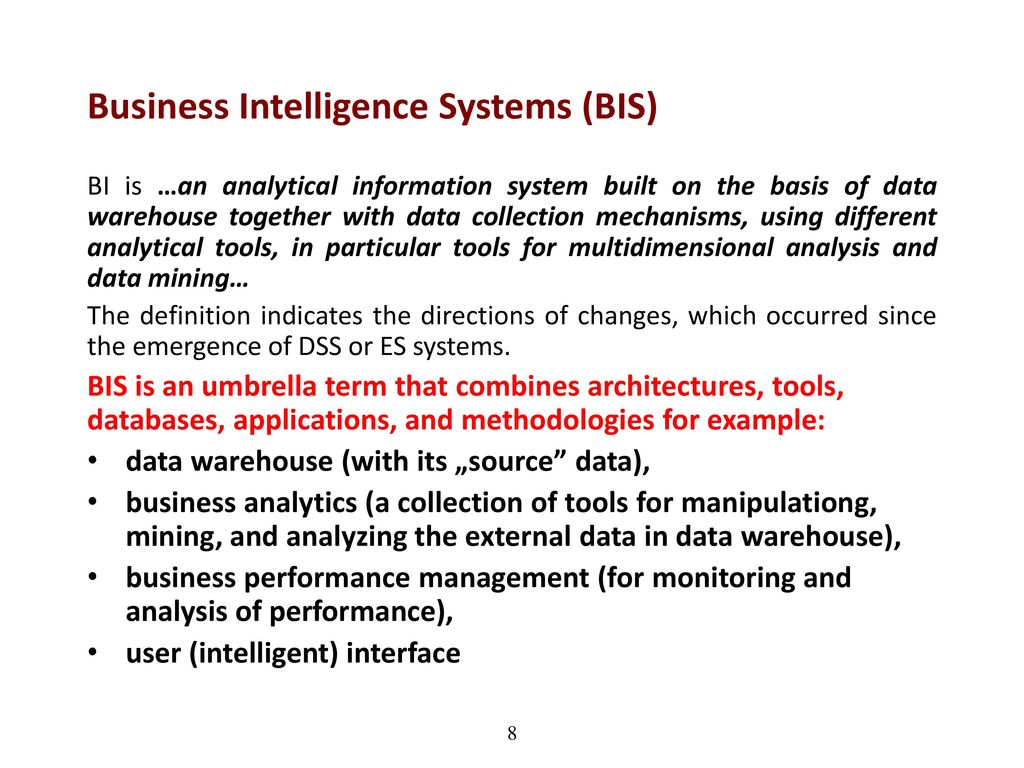Who Is at Fault in Parking Lot Car Accidents?
Every year, countless car accidents happen in parking lots. It’s like a dance where cars weave in and out, often with disastrous results. But who’s to blame in these fender benders? Pinning down fault can be a tricky business, especially when there are multiple parties involved. It’s like a legal jigsaw puzzle, with each piece playing a crucial role in determining who’s on the hook for the damage.
Who’s Behind the Wheel?
The first step in this whodunit is examining the drivers involved. If they took their eyes off the road to check their phone, fumble with the radio, or get lost in conversation, they may have failed to notice the car inching backward or the pedestrian crossing their path. It’s like they were driving on autopilot, oblivious to the chaos around them.
When drivers fail to keep a sharp eye out, accidents can happen in the blink of an eye. It’s like playing a high-stakes game of pinball, with cars as the bumpers and pedestrians as the flippers. A moment of distraction can have catastrophic consequences.
But hold on a minute! Sometimes, even the most attentive drivers can’t avoid a collision. If a car suddenly brakes in front of them, or a pedestrian darts out from between parked cars, it can be impossible to react in time. It’s like trying to stop a runaway train – sometimes, you just can’t.
What About the Parking Lot Design?
Here’s where things get interesting. Parking lot design can play a sneaky role in who’s at fault. If the lanes are too narrow, visibility is poor, or the signs are confusing, it can create a perfect storm for accidents. It’s like setting up a bowling alley with invisible pins – sooner or later, someone’s going to crash.
Poor lighting can also be a major culprit. When darkness descends, parking lots can transform into treacherous obstacle courses. It’s like navigating a maze blindfolded – you never know what’s lurking around the next corner.
Comparative Negligence
In some cases, more than one party may share the blame. It’s like a game of tug-of-war, with each party pulling in opposite directions. This is where the concept of comparative negligence comes into play.
Comparative negligence laws allow courts to assign a percentage of fault to each party involved in an accident. It’s like a legal balancing act, with the judge weighing the evidence and deciding who deserves the bigger share of the blame pie.
The percentage of fault can have a significant impact on who pays for the damages. If you’re found to be 50% or more at fault, you may not be eligible for any compensation. But if you’re only 10% at fault, you may be entitled to a larger payout.
Conclusion
Determining fault in parking lot car accidents is like solving a complex puzzle, with each piece contributing to the final picture. By examining the actions of the drivers involved, the design of the parking lot, and the potential role of comparative negligence, we can uncover the truth and ensure that justice is served. So, the next time you find yourself in a parking lot fender bender, remember that assigning fault is not as straightforward as it may seem. There’s a whole lot more to it than meets the eye.
Car Accidents in Parking Lots: Who’s at Fault?
Fender benders in parking lots are all too common. But who’s to blame when they happen? Determining fault in these accidents can be tricky, as there are often no witnesses and the drivers involved may have different stories. However, by understanding the factors that are considered when determining fault, you can increase your chances of getting a fair settlement.
Determining Fault
Several factors are considered when determining fault in a parking lot accident, including:
• The actions of the drivers. This includes factors such as who was speeding, who failed to yield, and who was driving under the influence of alcohol or drugs.
• The location of the accident. This includes factors such as whether the accident occurred in a designated parking space, in a traffic lane, or in a pedestrian crosswalk.
• Any applicable traffic laws. This includes factors such as the speed limit in the parking lot and whether either driver was violating any traffic laws.
In addition to these factors, the insurance companies of the drivers involved will also consider the following when determining fault:
• The extent of the damage to the vehicles involved.
• The injuries sustained by the drivers and passengers involved.
• The statements of any witnesses who saw the accident.
By understanding the factors that are considered when determining fault, you can increase your chances of getting a fair settlement. If you have been involved in a parking lot accident, it is important to speak to an attorney to discuss your rights.
Car Accidents in Parking Lots: Who is at Fault?
If you’ve ever been involved in a car accident in a parking lot, you know that it can be a confusing and frustrating experience. Who is at fault? What are your rights? And what should you do next? This article will help you understand car accident liability in parking lots and provide you with the information you need to protect yourself.
Driver Negligence
In most cases, car accidents in parking lots are caused by driver negligence. One driver may be speeding, tailgating, or failing to yield the right of way. Another driver may be distracted by their cell phone or other electronic device. And still another driver may be impaired by alcohol or drugs.
Comparative Negligence
In some states, the courts use a system of comparative negligence to determine fault in car accidents. Under this system, each driver is assigned a percentage of fault based on their actions. The driver who is found to be more at fault is responsible for paying a higher percentage of the damages.
Damages in Parking Lot Accidents
If you are involved in a car accident in a parking lot, you may be entitled to compensation for your damages. These damages can include:
- Medical expenses
- Lost wages
- Pain and suffering
- Property damage
What Should You Do After an Accident?
If you are involved in a car accident in a parking lot, the first thing you should do is check for injuries. If you or anyone else is injured, call 911 immediately. Once you have checked for injuries, you should exchange information with the other driver(s) involved in the accident. This information includes your name, address, phone number, insurance company, and policy number. You should also take pictures of the accident scene and get the names and contact information of any witnesses.
Car Accidents in Parking Lots: Who’s at Fault?
Determining fault in a parking lot accident can be a tricky business. Unlike on the open road, where traffic laws and lane markings often provide clear guidelines, parking lots are often a free-for-all. That said, there are still some general principles that can help you figure out who’s to blame.
Common Causes of Parking Lot Accidents
- Speeding: Parking lots are not race tracks, but drivers often treat them like one. Speeding is a major cause of accidents, both in parking lots and on the road.
- Distracted driving: Cell phones, GPS devices, and even passengers can all be distractions that lead to accidents. When you’re driving in a parking lot, it’s important to stay focused on the task at hand.
- Impaired driving: Alcohol and drugs can impair your judgment and reaction time, making you more likely to cause an accident. If you’ve been drinking or taking drugs, don’t get behind the wheel.
- Poor visibility: Backing out of a parking space can be especially dangerous if you can’t see what’s behind you. Make sure to check your mirrors and blind spots before you back out.
Determining Fault
If you’re involved in a parking lot accident, the first step is to exchange information with the other driver(s) involved. This includes your name, address, phone number, insurance information, and license plate number. You should also take photos of the damage to both vehicles and get the names and contact information of any witnesses.
Once you have all of the information, you can start to figure out who’s at fault. Here are some factors to consider:
- Who had the right-of-way? In most cases, the driver who was backing out of a parking space has the right-of-way. However, there are exceptions to this rule. For example, if the other driver was speeding or driving recklessly, they may be at fault even if you were backing out.
- Who was distracted? If the other driver was distracted by a cell phone or another passenger, they may be at fault for the accident.
- Who was impaired? If the other driver was under the influence of alcohol or drugs, they may be at fault for the accident.
- Who has previous traffic violations? If the other driver has a history of traffic violations, this may be evidence that they were negligent in causing the accident.
Parking Lot Design
The design of the parking lot can also play a role in determining fault. Poor lighting, inadequate signage, or obstructed views can contribute to accidents. For example, if there’s a blind spot at the end of a parking aisle, it’s more likely that a car backing out of a space will hit another car driving through the aisle.
What to Do After an Accident
If you’re involved in a parking lot accident, it’s important to stay calm and follow these steps:
- Pull over to a safe location.
- Check for injuries. If you or anyone else is injured, call 911 immediately.
- Exchange information with the other driver(s) involved.
- Take photos of the damage to both vehicles.
- Get the names and contact information of any witnesses.
- Report the accident to your insurance company.
Car Accidents in Parking Lots: Who’s at Fault?
Navigating the maze of parking lots can be a harrowing experience, especially when accidents occur. Determining fault in these fender benders can be tricky, as a myriad of factors come into play, such as driver negligence, signage, and insurance coverage. In this article, we’ll delve into the murky waters of parking lot mishaps, exploring the legal intricacies and providing practical guidance to help you navigate these unfortunate events.
Determining Negligence
The cornerstone of fault determination lies in establishing negligence. This legal concept holds that an individual or entity breached their duty of care, resulting in harm or damages to another party. In the case of parking lot accidents, negligence typically arises from careless driving, such as speeding, failing to yield, or making improper turns. Establishing negligence requires proving that the at-fault driver failed to exercise reasonable care, a standard that varies depending on the circumstances.
Role of Signage
Parking lot signage plays a crucial role in guiding drivers and defining their responsibilities. Signs indicating speed limits, yield points, and designated parking spaces serve as a form of “contract” between drivers and the property owner. Disregarding or failing to obey these signs can constitute negligence and shift the blame towards the errant driver. However, it’s important to note that signage alone does not absolve drivers of their duty to exercise caution and common sense.
Insurance Coverage
Insurance coverage can also affect fault determination. In most cases, the driver who caused the accident will be responsible for damages. However, there may be exceptions, such as if the other driver was uninsured or underinsured. In these scenarios, the injured party may have to file a claim with their own insurance company or pursue legal action to recover compensation. It’s essential to consult with an insurance professional or attorney to navigate the complexities of insurance coverage and determine your options.
Comparative Negligence
In some jurisdictions, the concept of comparative negligence applies to parking lot accidents. This means that both drivers may share responsibility for the incident, depending on their respective degrees of fault. For example, if one driver was speeding but the other failed to yield at a yield sign, the court may apportion fault between the two parties and adjust damages accordingly. Comparative negligence rules vary from state to state, so it’s essential to consult with a local attorney to understand their implications.
Car Accidents in Parking Lots: Who’s at Fault?
Navigating the intricate maze of a parking lot can be a treacherous task, especially when other vehicles are vying for limited space. Collisions in these confined areas are all too common, leaving drivers bewildered about who should take the blame. Determining fault in parking lot accidents is a complex endeavor that requires careful consideration of various factors.
Determining Fault
Establishing fault in parking lot mishaps hinges on a multifaceted analysis that encompasses factors such as:
- Driver negligence: Were either driver distracted, speeding, or under the influence of substances?
- Right-of-way: Who had the right-of-way at the time of the collision? Did one driver fail to yield or obey traffic signs?
- Visibility: Was there limited visibility due to blind spots, poor lighting, or parked cars?
- Damage to vehicles: The extent and location of damage can provide clues about the direction of impact and the responsible party.
- Witness statements: If there were any witnesses, their accounts can shed light on the events leading up to and during the accident.
Reversing Accidents
Reversing accidents are particularly contentious because it’s often difficult to determine who had the duty to yield. Legally, drivers backing out of a parking space must yield to oncoming traffic. However, if the reversing driver was signaling and had started backing out before the other vehicle entered the space, they may not be held liable.
Pedestrians and Parking Lots
Pedestrians also have rights and responsibilities in parking lots. Drivers must exercise caution and yield to pedestrians crossing walkways. Likewise, pedestrians should be aware of their surroundings and avoid jaywalking or darting out between parked cars.
Filing a Claim
After a parking lot accident, promptly reporting it to the authorities and your insurance company is crucial. Exchanging information with the other driver and taking photographs of the scene can also strengthen your claim. If you are unable to resolve the matter amicably, you may need to seek legal advice.
Conclusion
Determining fault in parking lot accidents can be complex. By considering the factors discussed above, it is possible to establish who is responsible for the damages caused by the accident. Remember, staying alert, yielding to others, and obeying traffic regulations are essential for mitigating the risk of collisions in these potentially hazardous environments.




Leave a Reply